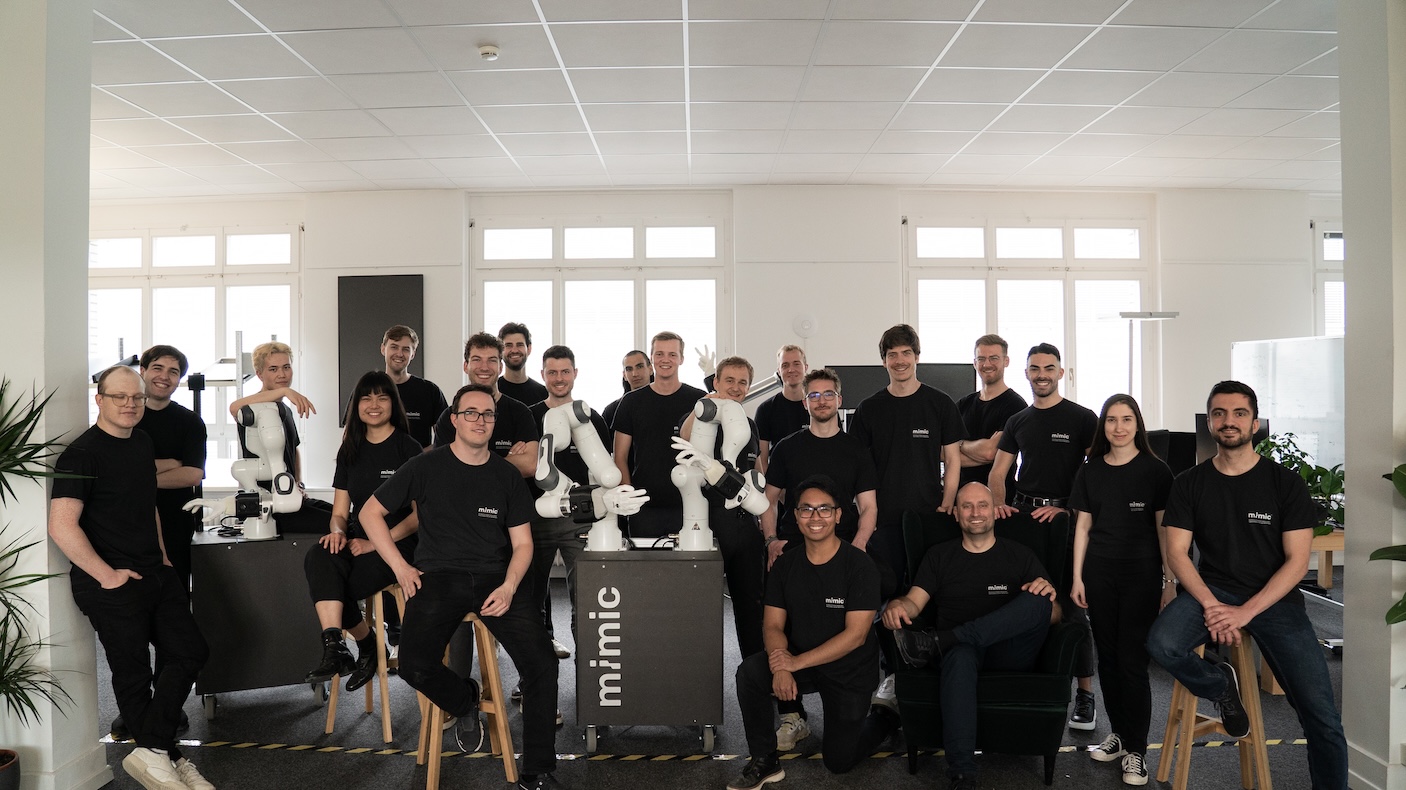Taking Your First Steps as a Venture Capitalist
Once upon a time…
A lot of people want to get into VC. From an outsider’s, it sounds like the most prestigious career path in the world. For this reason you’ll easily find hundreds of “How to break into VC” blog posts. But what happens once you are lucky enough to break into the industry?
“Don't worry about the title on your business card. You're a venture capitalist now. Do as venture capitalists do. Find, Decide, Win, Help, Exit - those are the 5 parts of the job. Work on them all.”
Unless you have an awesome team like mine (but let's keep that between you and me 😉), the job can, at times, be overwhelming. It’s not always obvious what to do or when and how to do it. So here are some quick and easy tips to make all the pieces of the puzzle come together.
Takeaways:
- Use the 80/20 rule to use your time wisely.
- Build a personal investment thesis to make your decisions quicker and easier.
- You often won’t find an answer unless you ask.
- Take the initiative.
- Connections and relationships will feed your career.
Use your time wisely
VC is an extremely fast paced ecosystem. So time is a valuable, limited resource. One of the best pieces of advice I received was to follow the 80/20 rule. Specifically, 80% of your results will come from 20% of your efforts. The concept is always a good planning guide. But in the context of investing, one example is optimizing your due diligence. Take the time to identify and prioritize getting the information that will allow you to make a reasonably informed decision.

Being able to follow this rule requires one more, often undervalued, skill: The ability to say no. This takes two forms.
First, you need to be able to say no to investments that don’t pass the 80/20 rule. There are only so many hours in a day and it’s important to use your time efficiently to push forward the leads you believe are strong and fit your thesis (more on that later).
Second, as a new, lower-level investor, busy work will always flow your way. This is really unavoidable… to a point. Be mindful of other people’s busy work getting in the way of you completing the tasks that are the most important to you.
Practical Tips & Tools:
- Block an hour at the end of your day for emails. This will help you turn off your work brain by tying up loose ends and prepping you a bit for the day to come.
- Time management routine from Sarah Noeckle, Femstreet founder, investor at NorthZone
- Workflow optimisation: Notion, Airtable or Coda.
- Calendar planning: Calendly, X.ai, Clara and Clockwise
- General VC tech tools map from Francesco Corea at Balderton
Build a personal investment thesis
In late 2020, Nikhil Basu Trivedi concluded his VC industry mini-series with the venture capital flowchart. This flowchart gives you a good understanding of how to think about the profession by breaking it down into five categories: Find, Decide, Win, Help, Exit.
For “Find,” you first need to know what you are looking for and why. This is your personal investment thesis. What industries, sub-verticals and stages interest you and what data do you have to show there is a viable market? It will likely take some searching, but try to build a thesis that resonates with you. If you find something that resonates with you more, consider revising your thesis. This thesis then makes the process of deciding who to invest in easier and quicker.
Practical Tips & Tools:
- Blogs and newsletters are the best places to get insights on that will help you build your personal investment thesis.
- Here’s a good example of how to structure your framework and another one if you are interested in Marketplaces.
Ask questions and take action
Once you have the lay of the land, it’s time to act. The best advice I was given when starting out was to take the initiative. Of course, some of the aspects of the job are very black and white: sourcing, due diligence, admin etc. However, the rest is up to you. You have to build your own brand, take the lead on your own deals, learn more about spaces that you’re interested in.
Also Remember, it’s okay not to know everything in VC, so don’t be scared to ask stupid questions, whether during founder calls or internally. As my good friend Ariel from RLC ventures would say, “There are too many weird and opaque terms used in the industry.” So don't be scared to just ask. We’ve all been there.
Practical Tips & Tools:
- Don’t Google “what questions should I ask a founder?” Be honest, and ask those “dumb questions” to the founders directly. No one will explain to you better than the founder what they are building.
- Start taking founder calls independently as early on as possible. That way you will soon get the dynamics of those conversations.
- Get acquainted with your fund’s portfolio companies. Set some time aside to read their investment memos, board minutes and packs (if you have access to them).
- Ask your team about terms or topics that are unclear to you.
- Ask for tasks that will help you develop skills - e.g investment memo writing, financial modeling or even captables.
- Sign up to short online courses, such as the Udemy Captable course.
Develop your network
Networking is a crucial part of your job. But the beauty of the tech industry is that there’s always going to be a community where you can connect with peers and mentors. If you’re a woman Elpha, Women in VC, Femstreet. If you were born post ‘96, Gen Z VC. If you are a black VC, you can join the 10x10 group. At first I also struggled with networking. If you do too, remember that it’s totally ok for you to block time in your calendar to build relationships with other VCs or operators in a space.
Through the connections you build, you will be able take part in events. Write content that demonstrates your knowledge in a particular sector. This will make you more likely to be invited to speak on the panels where you want to be visible. You can even host your own events. By increasing your face time, you’ll ultimately increase your deal flow and promote yourself and your fund in the process.
These activities can include office hours (such as Founders Factory’s Power to Black Founders or Anthemis’ LGBTQA office hours), Clubhouse panels, industry trend panels, accelerator demo days etc. The only way to gain access to these events is through networking and making yourself visible to other VCs. Don’t worry too much about making mistakes. Your reputation will not collapse if you make a prediction that doesn’t come true. Everybody is just making their best guess.
Grow the seed of your career
VC is hard to get into, but often even harder to figure out what to do once you’re here. The job is face paced and demanding. Sustainable career growth is more a question of working smart than hard. Be mindful of how to get maximum results for the minimum expenditure of resources - time, energy and money. This takes the form of healthy time management and decision-making routines. In the end, have self-compassion. It is a learning process.
Related Content:
- VC: Expectations vs. Reality by Timothy Krause
- Why Every Startup Founder Should Have a Coach by Miriam Feyer
Thank you to Akash Bajwa, Ariel Rahamim, Jeremy Luzinda, Masamba Senghore and Taylor Anderson for contributing to the development of this blogpost. If any of the above rings true to you, feel free to share your experience with us or contact me directly via LinkedIn or Twitter. You can also learn more about us at Speedinvest and our investment teams on our website.
Speedinvest is a leading pan-European, early-stage venture capital firm. Our portfolio includes Wefox, Bitpanda, TIER Mobility, GoStudent, Curve, CoachHub, Schüttflix, TourRadar, Adverity, and Twaice. Sign up for our newsletters to get our exclusive content delivered straight to your inbox.













.svg)
